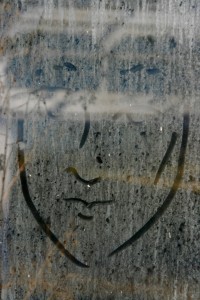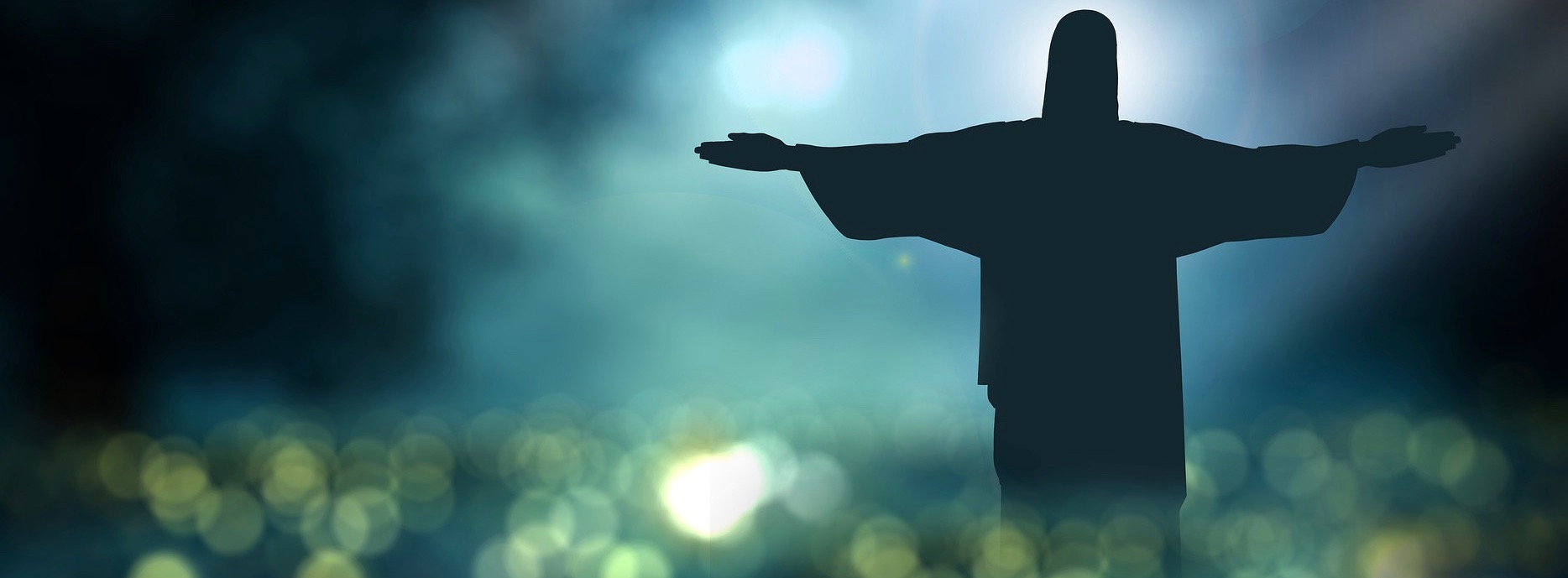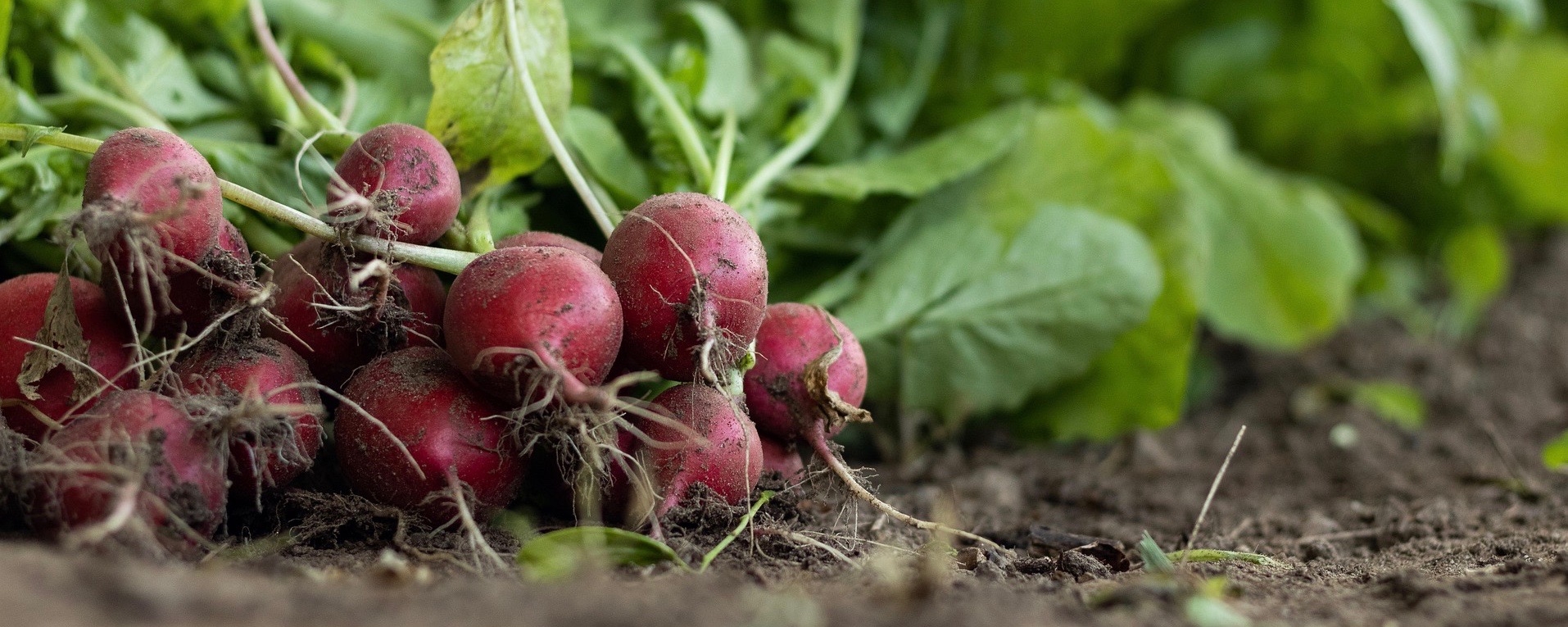
What’s inside, everyone wants to know
what’s inside? And I’ve always told them,
but I feel something needs to change.
You wanna know what’s inside?
I could tell you if I wasn’t hiding.
My whole life is in here,
in this kitchen, baking.
What a mess I’m making.
Sara Bareilles, “What’s Inside,” from Waitress.
I had the privilege a few years ago of seeing the musical Waitress on Broadway with its original Jenna, the remarkable Jessie Mueller (who also portrayed Carole King in the original Broadway cast of Beautiful). What Jenna is hiding inside is, on the surface, the ingredients in her delectable pies. But on a deeper level, she is hiding her insecurities, a bad marriage, an unwanted pregnancy, and her stifled dreams. And the mess she’s making? Oy vey. Go see the play.
We’re all hiding something inside, and we’re all making a mess of it from time to time. We’re multilayered people, all of us, onions (to shift the food metaphor) that need to be peeled away if we’re ever going to get at our centers.
This cool summer morning — quickly lapsing into the afternoon — I’m sitting on the back porch reading and trying to synthesize (for my own sake and now perhaps yours) a book I will be using to guide a monthly Ignatian spirituality study and writing group in the coming year. The book is Margaret Silf’s Inner Compass: An Invitation to Ignatian Spirituality, and today I’m reading chapter 2, titled, “Where Am I? How Am I? Who Am I?”
 Silf, a widely traveled writer and retreat director from the UK, describes our lives as three concentric circles. We begin at the outermost ring, the “weather” of our lives, she says. It’s the “where” circle, it’s where we are in the world. It’s the part we can do very little to change, yet it’s where we spend the most time and energy. And as Fr. Quintin Hakenewerth, SM, once taught me, it’s also where the noise of the world is the loudest.
Silf, a widely traveled writer and retreat director from the UK, describes our lives as three concentric circles. We begin at the outermost ring, the “weather” of our lives, she says. It’s the “where” circle, it’s where we are in the world. It’s the part we can do very little to change, yet it’s where we spend the most time and energy. And as Fr. Quintin Hakenewerth, SM, once taught me, it’s also where the noise of the world is the loudest.
As we begin to move inward, we discover the “how” of us, the area of our lives where we can exercise some choice and control. Things continue to happen to us here in the “top soil,” but the response is up to us. Those “choices become habits, and habit becomes character,” Silf writes. In turn, the choices we make affect the world. Our good choices make the world a little bit better. And vice-versa, of course. And it’s still noisy here, filled as it is with the voices of our own doubts, fears and biases.
“For many,” she writes, “the journey stops here. They live in a world where events happen to them, and they make choices about how to react to those events. A few take the risk of going consciously into the innermost third circle, the circle of who.”
When we move toward the center, we move closer to God who lives within and closer to the people we are when we stand before God. This is “dangerous ground,” Silf writes, because it represents the risk of going deep inside and not knowing what we will find — the good and the bad, the shame and the glory. But is also our bedrock, and beneath the bedrock there is only fire — the animating fire of God’s love.
But when we are willing to take that risk, and when we allow God to penetrate our hearts, wonderful and creative things will happen. It is “God at rest in my heart, waiting to be expressed as an act of germination, or resurrection.”
It is prayer that takes us to that center, and that prayer requires some time of quiet and solitude, free from the noise of the first two circles. It’s quiet here. God rarely shouts. And prayer is more than a soundtrack for the journey. Prayer is the journey, for when we are in prayer we are “most truly who we are,” she writes.
This journey inward is a journey of freedom. We move inward toward the “who we are in God’s presence” and allow ourselves to be “dipped in God,” as D.H. Lawrence writes in his poem, “Shadows”:
And if tonight my soul may find her peace
in sleep,
and sink in good oblivion,
and in the morning wake like a new-opened flower
then I have been dipped again in God, and new-created.
But there must be a returning to the other layers of our lives; we must make our way back out to the surface and the weather, whether sunshine or storms. And, transformed as we will be by the inward journey and encounter with God, we must be ready to help transform the world around us because of what we discovered there. A little parting haiku:
Having found God there
We return, transformed by love
That is the journey.




10 comments On What’s Inside?
Thank you,Steve,for sharing this.So beautiful and inspiring!
Peace and blessings,
Karen
Wow Steve that is it! Will share with many. Thank you for your inspiring insight!
Tom
Once again, just what my soul needed. Thank you.
This has been a wonderful Sunday reflection for me. Thanks Steve… you always seem to find the people who have also inspired me. I heard Margaret Silf a few years ago at Le Moyne College in Syracuse and am hoping to do a retreat with her near Toronto in the fall. She is truly exceptional. Thank you.
Thanks, Jane. I haven’t had the pleasure of meeting her…hope to someday…
Thanks, Kathleen.
Thanks, Tom. Glad it hit home with you. Thanks for sharing it more broadly. Let me know if I can help in any way.
Thanks, Karen. Glad it found and touched you.
Wow! What a beautifully written piece! This has touched my heart, and I am going to share this with many of my friends. The deeper journey is hard but necessary…thanks for encouraging us to go deeper!
Thanks, Jeannie.